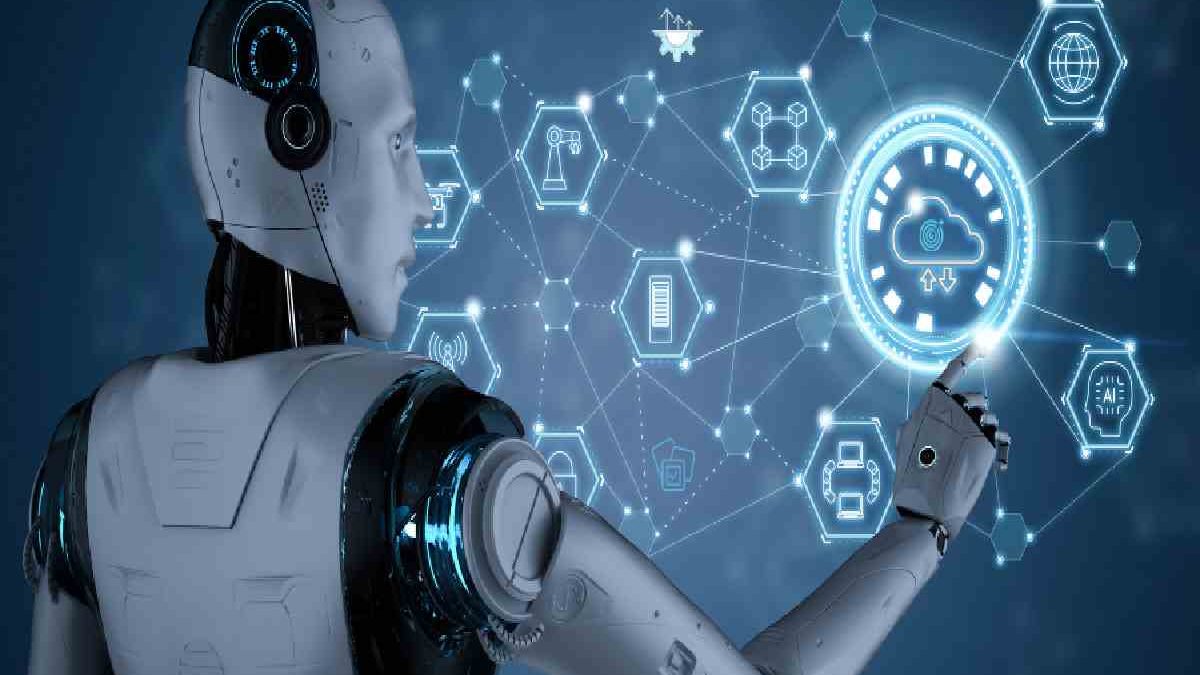Table of Contents
Definition Of Cloud Robotics
Cloud robotics harnesses the power of the cloud (e.g., cloud computing, cloud storage, and other cloud-based technologies) for robotics. Cloud-connected robots can use data centers’ robust computation, storage, and communication resources to process and share information with other robots, machines, smart objects, humans, etc. Humans can also give them tasks remotely.
Apart from faster processing, cloud robotics also allow users to reduce costs. Cloud robotics makes it possible to build lightweight, low-cost, more innovative robots with an intelligent cloud-hosted “brain.”
What Are The Uses Of Cloud Robotics?
Cloud robotics various applications, including those provided below.
Autonomous Mobile Robots
Did you know that Google’s self-driving cars are cloud robots? They access the company’s database of maps and satellite and environment models (e.g., Street view); stream data from the Global Positioning System (GPS), cameras, and 3D sensors to monitor their positions; and compare data with past and current traffic patterns to avoid collisions. Cloud robotics enables cars to learn about their environments, roads, or driving conditions. It also lets them send the information to the Google cloud to improve the performance of other cars.
Cloud Medical Robots
Medical clouds or healthcare clusters have disease archives, And also electronic medical records (EMRs), patient health management systems, practice services, And also analytics services, clinic solutions, expert systems, etc. Cloud robots access these clouds to provide clinical services to patients and assist doctors (e.g., a co-surgery robot). They also let users collaborate by sharing information about clinical treatments.
Assistive Robots
Domestic robots are used for healthcare and life monitoring for the elderly. They monitor patients’ health status and exchange information with cloud expert systems or doctors. For instance, prevent the elderly from falling or provide emergency support services in case of a heart attack. They can also alert the patients’ caregivers when there’s an emergency.
Industrial Robots
Cloud robotics lets consumers place customize product orders directly via online ordering systems. Cloud-based industrial robots learn to perform tasks, such as threading wires or cables or aligning gaskets from a professional knowledge base. They can share information with other robots, too, for collaborative studies. Other industrial robots in the works are shopping delivery robots. If implemented, cloud robotics can automate warehouse robots to dispatch orders via autonomous cars or drones for delivery to their recipients.
Where We Now In Cloud Robotics?
Several studies are currently underway in the cloud robotics field. Some of them are described in greater detail below.
Robo Earth
Robo Earth, funded by the European Union (EU). Aims to allow robots to benefit from the experience of other robots to improve machine cognition and behavior and, ultimately, enable subtler and more sophisticated human-machine interaction. Its Internet-style database stores knowledge generated by humans and robots in a machine-readable format. It contains knowledge of software components, navigation maps (e.g., object locations and world models). Task knowledge (e.g., action recipes and manipulation strategies), and object recognition models (e.g., images and object models).
And Robo Brain
Robo Brain learns from publicly available Internet resources, computer simulations, and real-life robot trials. It collates and stores data in a comprehensive and interconnected knowledge base. And also used for robotics research prototyping and data for household robots and self-driving cars. It aims to create a centralized, always-online brain that robots can tap.
robots
robots is a service that connects robots and intelligent devices to the Internet. You can consider it as a social network for robots and smart machines. By “socializing, collaborating, and sharing,” robots can learn from others.
Does Cloud Robotics Have Limitations? What Are These?
Like any other technology, And also it does have limitations, including:
- Cloud robotics can’t control robot motions that largely depend on real-time sensors and controller feedback.
- And also it can’t enable robots to perform real-time tasks since these require onboard processing.
- Cloud-based applications can slow down or become unavailable due to network glitches. Robots that rely too much on the cloud can become “brainless” if the network fails.

